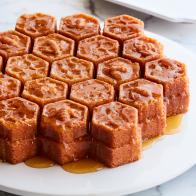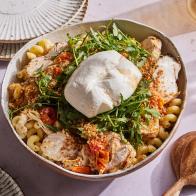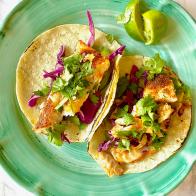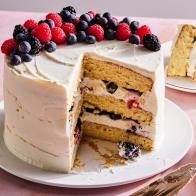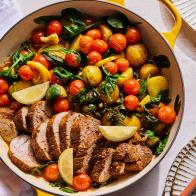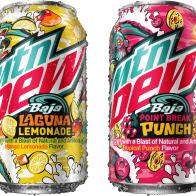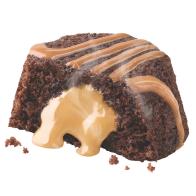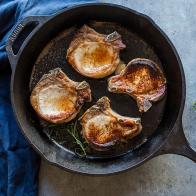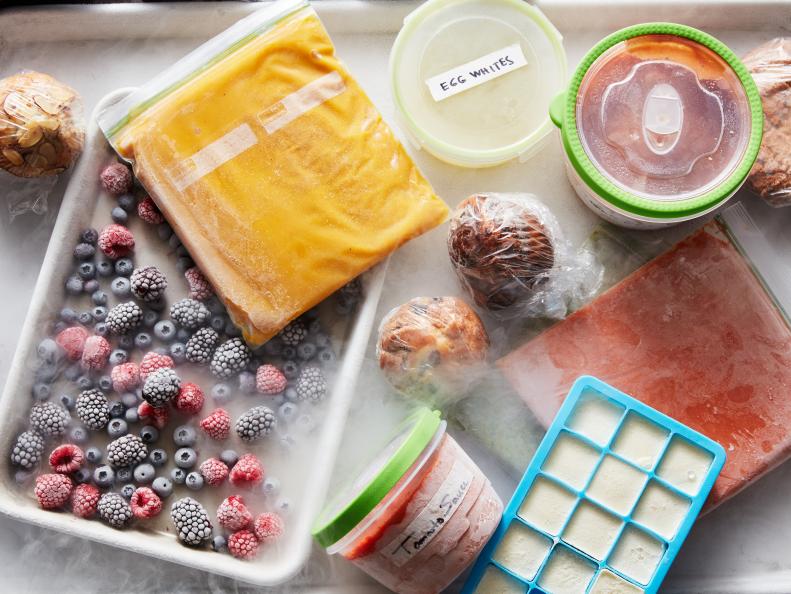1 / 19
Photo: Kate Mathis
The Ice Age
Freezing big orders and leftover ingredients is second nature to the chefs in Food Network Kitchen. "Not only does it help cut down on food waste, it helps with our bottom line," says Sous Chef Miriam Garron, who trains everyone to check the freezer before putting in a shopping list. The same holds true for home cooks: Having a well-stocked icebox is the ticket to fast weeknight meals and impromptu entertaining. "Preventing freezer burn is half the battle," says Garron. "You have to wrap things well if you want to use them later." Here's how the chefs in Food Network Kitchen keep their chicken cutlets and casseroles frost-free and organized.
